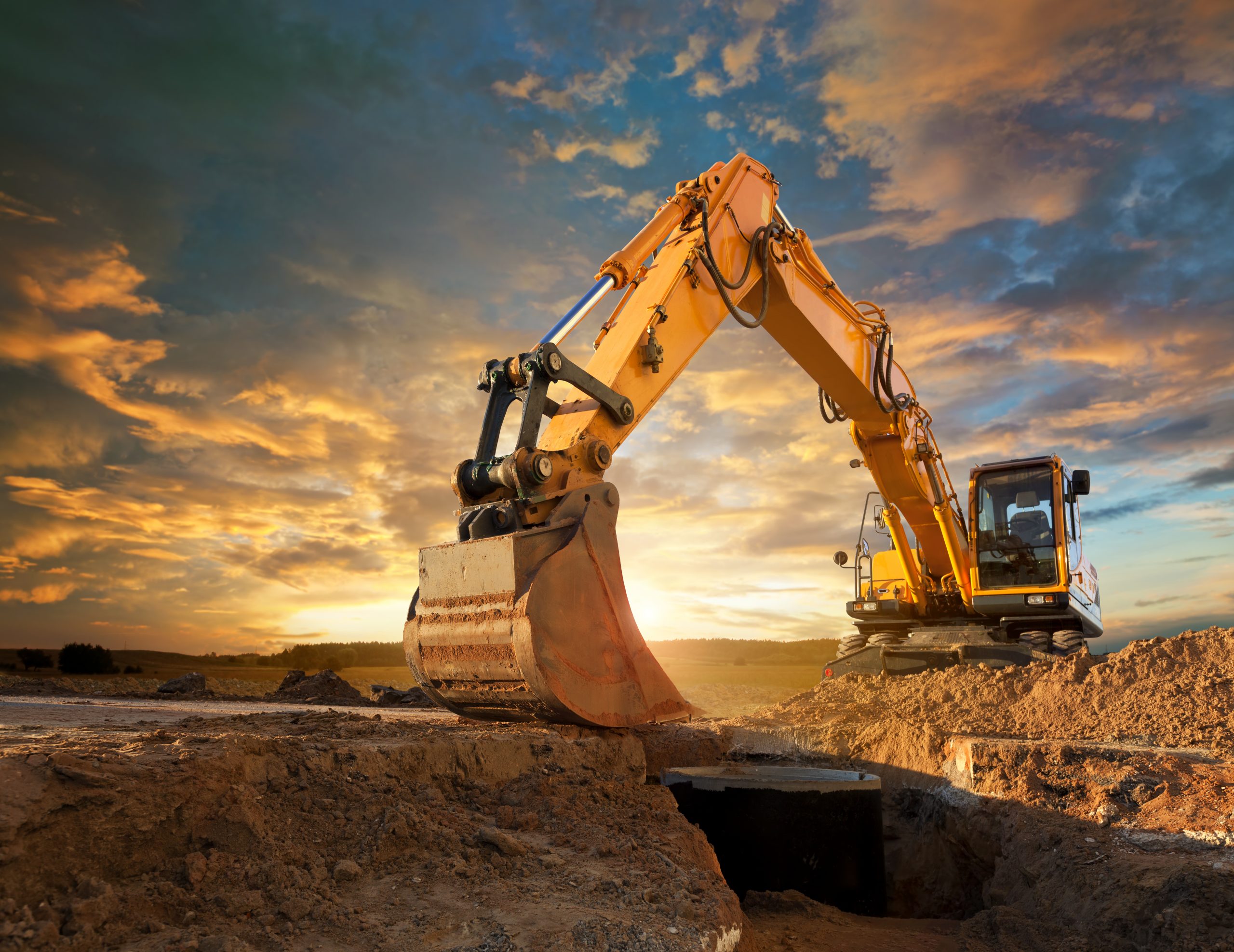Hydraulic quick couplers are often taken for granted, particularly on mobile equipment where a profit margin can overshadow important design considerations. The reality is that hydraulic quick couplers and fittings are just as critical to mobile equipment design as the pumps, actuators, and valves.
What Makes Hydraulic Fittings Functional?
 The most important functions of hydraulic quick couplers include:
The most important functions of hydraulic quick couplers include:
- A proper fit into the port of the component it is intended for
- The ability to withstand system pressure without failure
- Provide adequate fluid flow with little pressure drop
It is standard practice to ensure that the first two points here are followed with a proper fit and the ability to withstand system pressure. The final point, however, of analyzing the pressure drop is often ignored. This can be a costly omission regarding equipment performance and price.
What Is Pressure Drop in Hydraulic Systems?
Pressure drop is the difference between the pressure of a fluid when it enters one end of a hydraulic hose and the pressure of that same fluid as it leaves the other end. The amount of pressure drop is influenced by what is between the beginning and end of a hydraulic hose assembly. Some examples of things that can influence pressure drop include:
- Type of fluid – thicker fluids will exhibit greater pressure drop as they are moved with increased difficulty over more viscous fluids.
- Friction – the friction, or the rubbing of the fluid against the inside walls of a hose assembly, will affect pressure drop.
Hose assembly length – a longer hose assembly provides greater surface area for friction to decrease pressure. - Fluid temperature – warmer fluids flow easier with less pressure drop than cooler fluids.
- Hose size (I.D.) – the size of the hose affects fluid velocity for any given flow rate. A higher velocity will produce an increased pressure drop. A larger I.D. hose will produce less pressure drop.
- Flow rate – pressure drop will increase with the flow rate with hoses of the same size.
- Type of quick couplers and hydraulic adapters – any change in direction such as with a 45° or 90° elbow can increase pressure drop.
The Importance of Calculating Pressure Drop
Calculating the pressure drop of all hydraulic fittings is an essential element of designing all fluid power machinery and equipment. Knowing the pressure drop provides critical information to allow machinery designers to find the sweet spot between performance and price.
If hydraulic fittings are undersized, equipment designers will need to subtract the energy required to overcome the flow from the energy available for work. A pressure drop in hundreds of psi from excessive elbows, connections or undersized fittings can reduce the performance of equipment. Using oversized fittings can prevent flow restrictions, although you could be at the same time increasing bulk and cost. An increase in coupler size can also reduce an increased cost.
Proper planning and pressure drop analysis will result in the correct size of coupler, providing the right flow rate at the best available costs to meet your design needs. Hydraulic couplers with soft sealing technology like O-rings provide a reliable seal with a leak free, tight connection and less chance for leakage. Stucchi offers auxiliary kits and hydraulic solutions for mobile equipment that meet application and machinery design demands.

